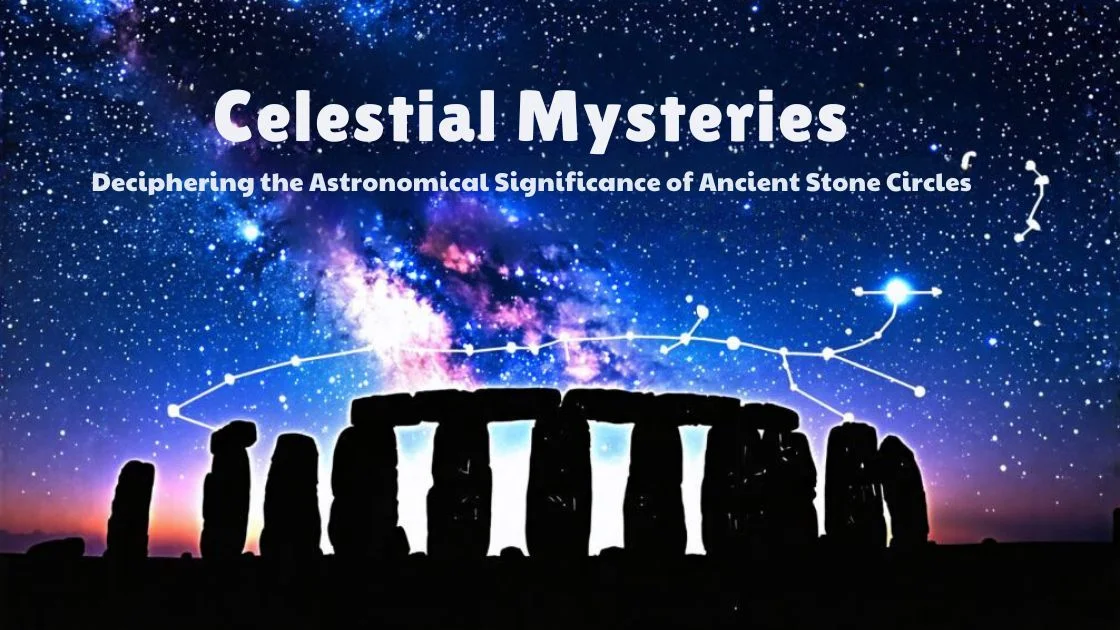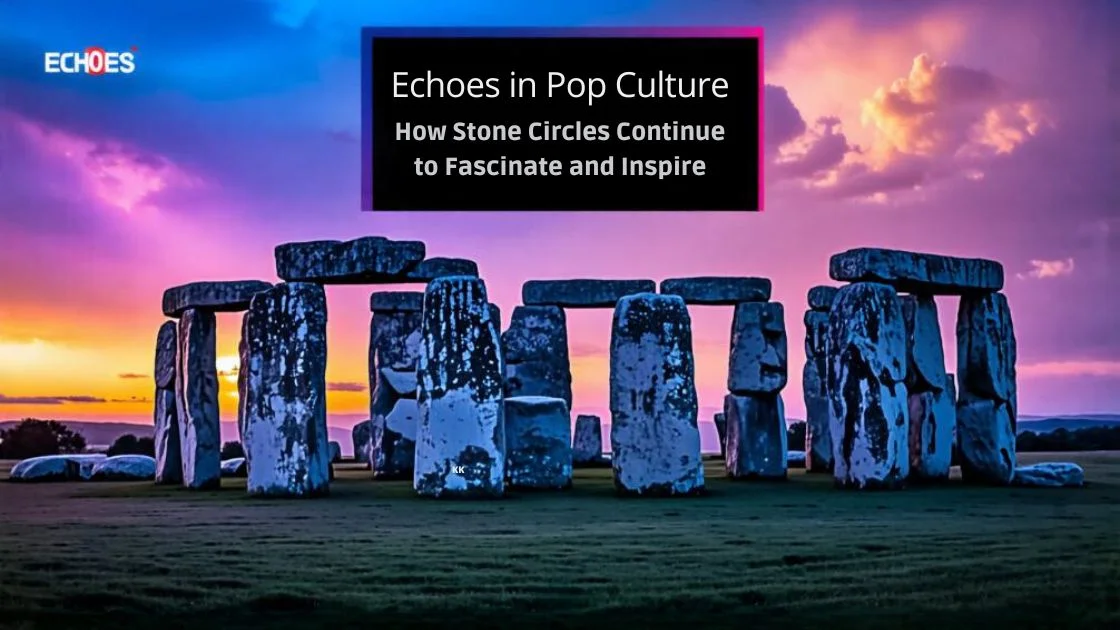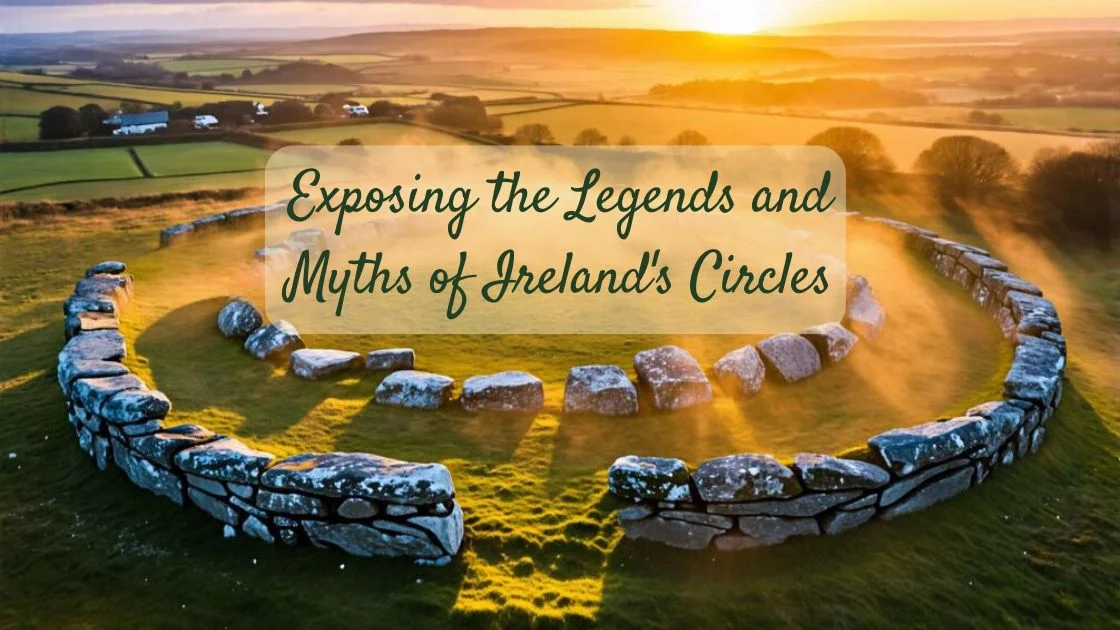Ireland’s landscape, rich with ancient echoes, harbors megalithic tombs that whisper tales of a bygone era. These architectural wonders, crafted by our Neolithic ancestors, are not mere relics but sophisticated structures intertwined with astronomical insights and spiritual significance.
As monuments of historical intrigue, their preservation mirrors our quest to understand the complex tapestry of human heritage. This article delves into the enigmatic origins, functions, and enduring legacy of these prehistoric marvels, offering a glimpse into our collective past.
Key Takeaways
- Megalithic monuments in Ireland were constructed during the Neolithic period, showcasing the ingenuity and societal organization of that time.
- The construction of these monuments involved advanced understanding of design and engineering, with a focus on preserving burial practices and cosmological significance.
- Rituals and celestial alignments played a significant role in the Neolithic culture, with megalithic tombs being intricately tied to the solar calendar and celestial observations.
- The legends and mythical resonances associated with megalithic tombs have shaped the perception and collective consciousness surrounding these ancient structures.
Origins of Megalithic Monuments
The construction of megalithic monuments in Ireland is an embodiment of Neolithic ingenuity, marking a significant transition in societal organization and spiritual expression.
Ancient builders orchestrated stone transportation with such mastery that it underscored their yearning for autonomy and continuity. Each erected stone, a testament to their unrestrained endeavor to manipulate their environment, symbolizes the profound shift from nomadic to sedentary communities.
The exact methods remain a subject of scholarly conjecture, suggesting a combination of human and possibly animal labor. Detail-oriented analyses of wear patterns and experimental archaeology have provided insights into the logistics of moving megaliths.
The culmination of these efforts, manifest in the stark, enduring presence of these structures, reveals a society that placed a premium on unbounded expression and collective accomplishment.
Architectural Marvels Unearthed
Unearthing Ireland’s megalithic tombs has revealed architectural marvels that highlight the Neolithic community’s advanced understanding of construction and design. The sophisticated stone construction of these tombs, comprising large megaliths, showcases a mastery of engineering that necessitated both communal effort and an intimate knowledge of material properties.
Such structures, designed for enduring stability, have withstood millennia, preserving the burial practices of a society deeply rooted in ceremonial reverence. These ancestral edifices were not merely utilitarian; they embodied a confluence of aesthetics, function, and cosmological significance.
Detailed examinations of the tombs reveal a complex social structure capable of orchestrating the procurement, transportation, and precise placement of stones, reflecting a culture that valued the lasting memorialization of its kin through these imposing and enigmatic monuments.
Rituals and Celestial Alignments
Ireland’s megalithic tombs not only serve as silent sentinels to the dead but also reveal complex rituals and precise celestial alignments that underscore the Neolithic society’s cosmological sophistication. These structures provide a tangible link to Ireland’s ancient past, reflecting both the burial customs of the time and an advanced understanding of Neolithic astronomy.
To encapsulate the significance of these findings, consider the following:
- Solstice Illuminations: Certain tombs align with the rising or setting sun during solstices, suggesting a ritualistic significance tied to the solar calendar.
- Lunar Observances: Alignments with lunar cycles indicate a nuanced appreciation of the wider cosmos within Neolithic spiritual practices.
- Funerary Rites: Evidence points to elaborate ceremonies, with the tombs’ structures playing a key role in ritualistic observances surrounding death and remembrance.
This analytical exploration of Ireland’s megalithic tombs reveals a multifaceted narrative where death rites and celestial observations intertwine, offering a glimpse into the freedom and expansiveness of prehistoric thought.
Legends Entwined With Stones
Megalithic tombs in Ireland are not only archaeological treasures but also wellsprings of enduring myths and legends that have woven themselves into the fabric of Irish cultural identity.
Stone storytelling at these ancient sites reveals layers of mythical resonances, with narratives often highlighting themes of heroism, spirituality, and the mystical.
Scholars meticulously dissect the folklore surrounding megalithic structures, seeking understanding of how such tales have shaped the collective consciousness of generations.
This symbiosis between stone and story underpins a distinct cultural ethos, encapsulating a longing for liberty and a reverence for the past.
In essence, these legends are not mere embellishments but are integral to the perception and interpretation of Ireland’s megalithic heritage, bridging the temporal divide with perennial narratives.
Conservation and Modern Encounters
The preservation of Ireland’s megalithic heritage necessitates a delicate balance between safeguarding these ancient structures and accommodating the curiosity of contemporary visitors. While increased tourism yields economic benefits and heightened awareness, the impact on these prehistoric sites can be profound. Stone graffiti, for instance, is a malicious act that not only defaces the monuments but also erodes the historical narrative inscribed within their ancient walls.
Noteworthy considerations include:
- Regulatory Measures: Implementing strict guidelines to prevent the defacement of megaliths through stone graffiti.
- Educational Outreach: Cultivating respect for the cultural significance of these sites among tourists.
- Sustainable Tourism: Developing strategies to minimize tourism impact while ensuring access to these testaments of history.


